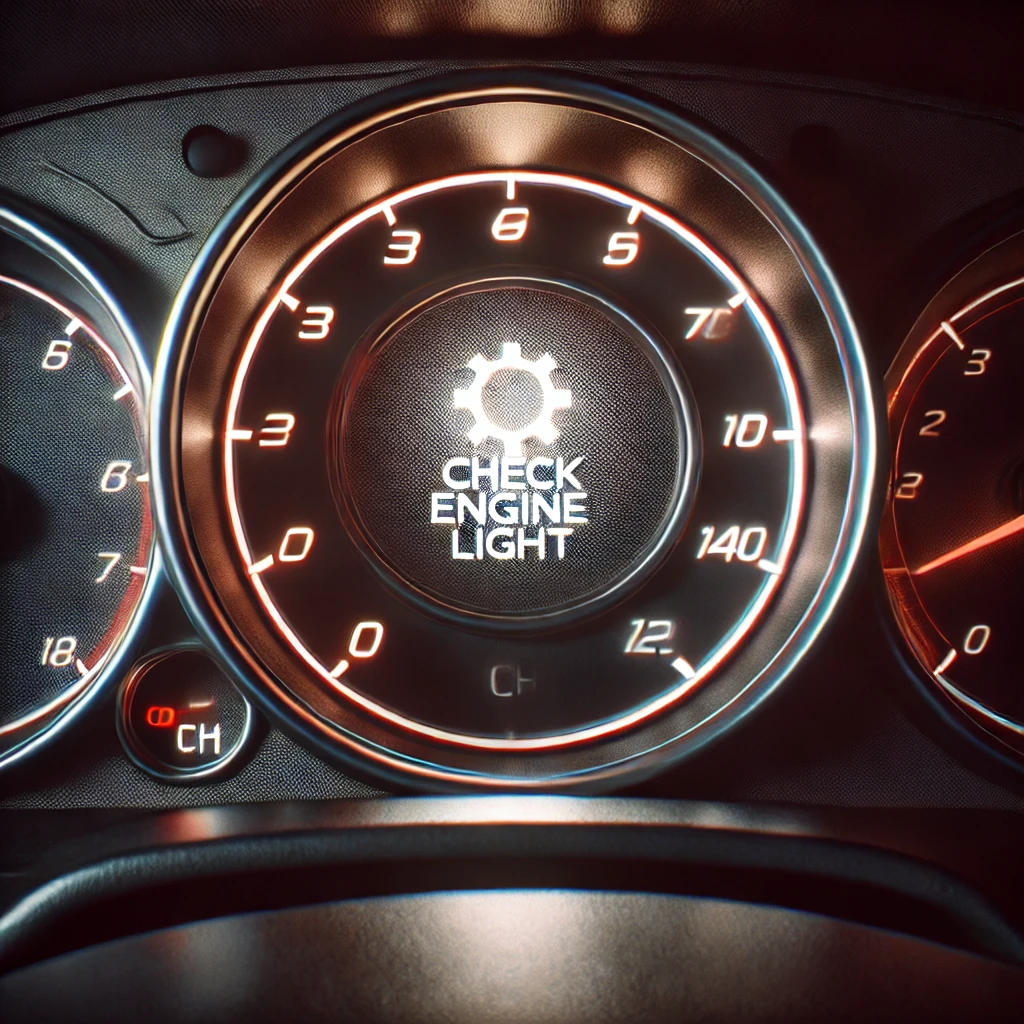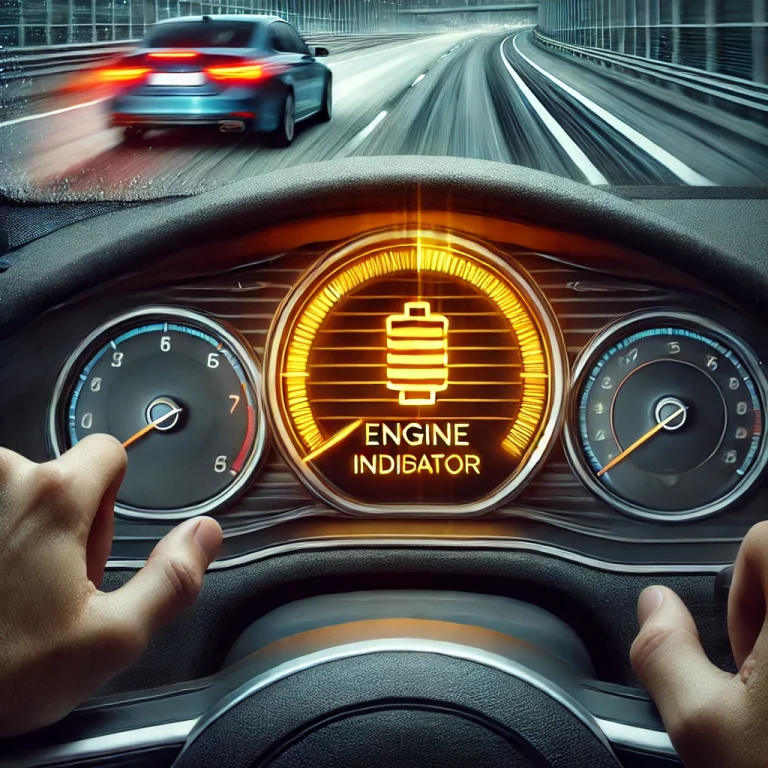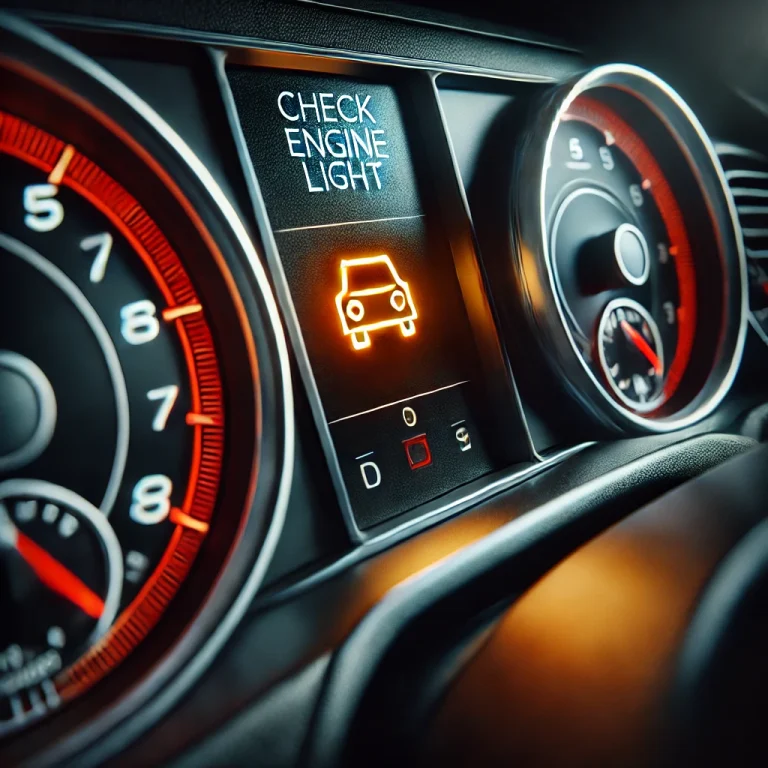Blinking Check Engine
When the check engine light blinks, it indicates a serious problem that requires immediate attention to prevent significant damage to the engine and emissions system. Common issues include engine misfires, problems with the catalytic converter, and faulty oxygen sensors.

Using a diagnostic scanner to identify the error codes is crucial for determining the cause. It is advisable not to drive the vehicle until the issue is resolved to avoid expensive repairs. Prompt action is key to preventing further complications and ensuring the longevity of your vehicle.
Introduction
The blinking check engine light is a critical warning that should not be ignored. It signifies a potential issue with the engine or emissions system that demands immediate attention to ensure vehicle safety and proper maintenance.
When this light blinks, it typically points to a severe problem that, if left unattended, could lead to more extensive and costly repairs. Addressing the issue promptly is essential to avoid further damage to the engine.
Regularly checking the check engine light and addressing any issues is an important aspect of vehicle maintenance. Understanding how to diagnose problems related to a blinking check engine light allows drivers to take appropriate action to maintain the vehicle’s performance and safety.
Blinking Check Engine Light: What to Do
When the check engine light blinks at startup, it signals a potentially serious engine issue that requires immediate attention. If the light continues to blink, it’s crucial to prioritize diagnosing the problem to prevent further damage.
Start by checking for any changes in the vehicle’s performance, such as unusual noises or vibrations. Ensure the fuel cap is properly secured, as a loose cap can trigger the light. If the light persists, seek professional help for a thorough diagnosis. Ignoring a blinking check engine light can result in costly repairs.
Understanding the Engine Light
A blinking check engine light is a critical indicator of potential engine problems that should be addressed immediately to avoid serious damage and costly repairs. To determine the exact issue, a diagnostic tool is often needed to read the error codes. Common causes include malfunctioning sensors or engine misfires.
Regular maintenance, such as changing the oil and air filters, can help prevent the check engine light from blinking. If the light continues to flash, professional assistance is recommended to address the underlying issue promptly. Being proactive can prevent further damage and help maintain optimal engine performance.
What Does a Flashing Check Engine Light Mean?
A flashing check engine light demands immediate attention as it indicates a severe issue that could cause damage to the vehicle. Ignoring this warning can lead to significant problems, costly repairs, and reduced engine performance. Typically, a flashing light signifies a major engine misfire that could damage the catalytic converter.
Using a diagnostic code reader to retrieve trouble codes from the vehicle’s computer is advisable to identify the exact problem. Addressing the issue promptly can prevent further damage and reduce repair costs.
Regular maintenance and immediate action when faced with a flashing check engine light are crucial to keeping your vehicle in good condition.
Why Is My Check Engine Light Blinking?
When the check engine light starts blinking, it signals a serious issue that requires immediate attention. Ignoring it can lead to further engine damage and potential breakdowns. The blinking light usually indicates a misfire, which can harm the catalytic converter and lead to costly repairs. It is essential to diagnose the problem promptly.
To identify the cause, retrieve diagnostic codes using a scanner. Common issues include faulty spark plugs, a failing ignition coil, or a clogged fuel injector. Regular maintenance can prevent the check engine light from blinking and ensure optimal engine performance.
Check Engine Light Blinking and Car Shaking
When the check engine light flashes along with noticeable vibrations, it indicates a severe engine issue that requires immediate attention. This combination often signifies a misfire, which can cause further damage if not addressed promptly, leading to decreased engine performance and potential safety hazards.
Ignoring these symptoms can result in more extensive and expensive repairs. Immediate action is necessary to prevent further damage and maintain vehicle safety and performance.
Yellow Engine Light
The yellow check engine light is a warning that indicates potential issues with the engine system. Addressing this warning promptly is essential to prevent further damage and ensure optimal vehicle performance.
When the yellow check engine light appears, conducting engine diagnostics is recommended to determine the root cause. Regular vehicle maintenance can help prevent unexpected issues that trigger the warning light. Common troubleshooting steps include checking the gas cap, monitoring engine temperature, and inspecting transmission fluid.
Service Engine Soon Light Flashing
When the service engine soon light begins flashing, it indicates a serious issue that needs immediate investigation. Ignoring this warning can lead to severe engine damage and other component failures.
Retrieving diagnostic codes is essential for identifying the exact problem. Prompt action and proper diagnosis are necessary to prevent further damage and ensure continued vehicle operation.
Conclusion
In conclusion, a blinking check engine light is a critical warning that should not be ignored. Addressing the underlying issue quickly is crucial to prevent potential engine damage. Using diagnostic tools to determine the cause can help you decide whether it is safe to continue driving or if immediate professional attention is needed.
Regular vehicle maintenance is key to avoiding issues that may trigger the check engine light. Being proactive in addressing car issues can save time and money in the long run, ensuring your vehicle remains in optimal condition.

